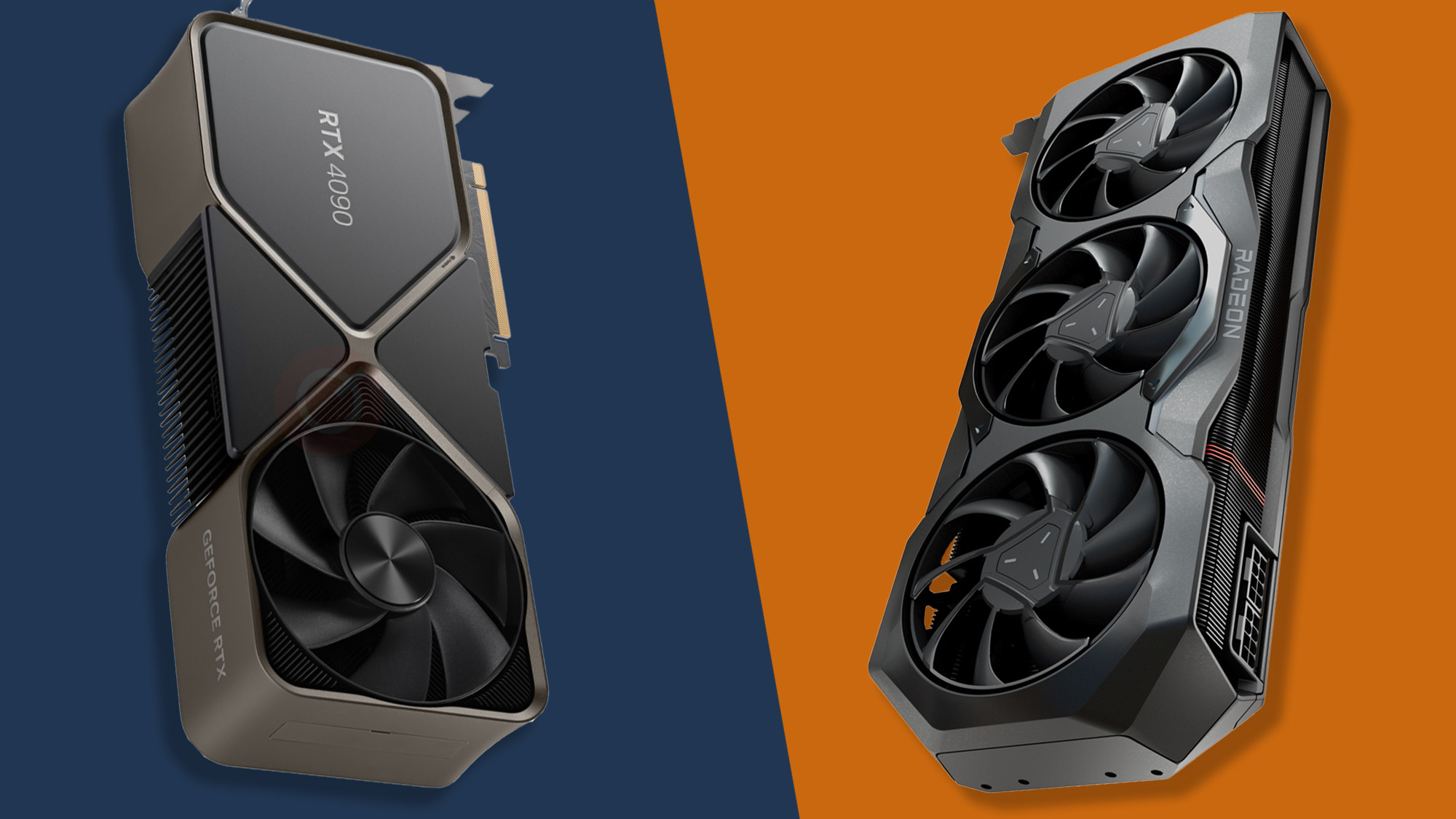As we inch closer to 2025, the tech world is abuzz with anticipation for the next generation of GPUs (Graphics Processing Units). While Nvidia has dominated the market for years with its high-performance graphics cards, there’s one GPU that has tech enthusiasts, gamers, and developers alike buzzing—and it’s not by Nvidia.
In fact, it’s from a company that has been steadily gaining ground and could potentially revolutionize the GPU landscape in ways that Nvidia’s offerings might struggle to match. So, which GPU is taking center stage, and why is it generating such excitement? Let’s dive in.
The Rise of AMD and RDNA 3.5: A Game-Changer
While Nvidia’s GeForce RTX series has long been the go-to choice for gamers and professionals alike, AMD has been quietly working behind the scenes to outpace the competition. The company’s RDNA architecture has seen major improvements in recent years, with the RDNA 3.5 architecture expected to hit the market in 2025.
What makes AMD’s upcoming RDNA 3.5 GPU stand out? It’s not just the raw power or next-gen features—it’s the sheer value and versatility the card promises to offer.
Why I’m Excited About AMD’s RDNA 3.5 GPU
- Performance That Competes with Nvidia
AMD’s RDNA architecture has been steadily closing the performance gap with Nvidia’s offerings. The RDNA 3.5 GPUs, based on cutting-edge 5nm process technology, are expected to deliver exceptional performance that will rival Nvidia’s high-end cards, such as the RTX 5000 series. With a balanced approach to raw power and energy efficiency, AMD’s new GPUs could prove to be the perfect choice for both gamers and creators. - Improved Ray Tracing and AI Capabilities
While Nvidia has traditionally been ahead of the curve when it comes to ray tracing and AI-driven enhancements (thanks to its proprietary technologies like DLSS), AMD’s RDNA 3.5 architecture is expected to make significant strides in these areas. Early reports suggest that the new GPUs will feature enhanced ray-tracing performance, making AMD a serious contender in the race for visual realism. Additionally, AMD’s focus on integrating more AI-powered features could help level the playing field when it comes to next-gen gaming experiences. - Better Price-to-Performance Ratio
One of AMD’s biggest advantages over Nvidia has always been its ability to deliver high performance at a more affordable price point. The RDNA 3.5 GPUs are expected to continue this trend, making them a more attractive option for those who want the power of the latest generation graphics without breaking the bank. This could make AMD the go-to choice for budget-conscious gamers who still want cutting-edge technology. - Power Efficiency and Cooling
AMD has been making significant strides in power efficiency with each new iteration of its GPUs. The RDNA 3.5 series is rumored to be even more efficient than its predecessors, meaning lower power consumption and less heat generation—key factors for users looking to build quiet, energy-efficient systems. With improved cooling designs and better overall energy usage, this GPU could offer a fantastic experience for gamers, streamers, and creators alike. - Competitive Advantage in Multi-Platform Development
As game development continues to push boundaries, AMD’s RDNA 3.5 GPUs could also play a crucial role in bridging the gap between gaming consoles and PCs. With consoles like the PlayStation 5 and Xbox Series X already leveraging RDNA-based architecture, the synergy between PC and console performance could lead to smoother cross-platform experiences. For developers, this means creating games that look and run better across all platforms.
The Competition with Nvidia and Intel
Of course, AMD isn’t the only player in the GPU race. Nvidia will likely continue to push the envelope with its RTX 5000 series, featuring AI-driven graphics and advanced ray tracing. Intel’s Arc GPUs are also starting to make waves, particularly in the budget-friendly and mid-range segments.
However, AMD’s RDNA 3.5 GPU has the potential to outshine these competitors due to its focus on performance, affordability, and energy efficiency. While Nvidia and Intel will certainly continue to innovate, AMD’s ability to deliver a balanced and powerful GPU at a competitive price makes it a compelling choice for 2025.
What Could This Mean for Gamers and Content Creators?
For gamers, AMD’s RDNA 3.5 GPUs offer the potential for smoother gameplay, higher frame rates, and better visual fidelity, all at a more affordable price point compared to Nvidia’s offerings. This is especially exciting for users who are building high-performance systems but don’t want to spend a fortune on a graphics card.
For content creators, the power of RDNA 3.5 could translate to faster rendering times, improved 3D modeling workflows, and enhanced video editing performance. The GPU’s advancements in AI and ray tracing could also make a difference for creators working with cutting-edge software that relies on these technologies.
Conclusion: Why AMD RDNA 3.5 is the GPU to Watch
While Nvidia has long been the leader in the GPU market, AMD’s RDNA 3.5 architecture has the potential to shake up the industry in 2025. With performance improvements, better price-to-performance ratios, and more efficient power usage, AMD’s upcoming GPUs could be the choice for gamers, creators, and tech enthusiasts alike.
So, while Nvidia may still be the dominant player, the excitement surrounding AMD’s RDNA 3.5 GPUs makes it clear that 2025 will be an exciting year for GPU technology—and this time, AMD might just steal the show.











